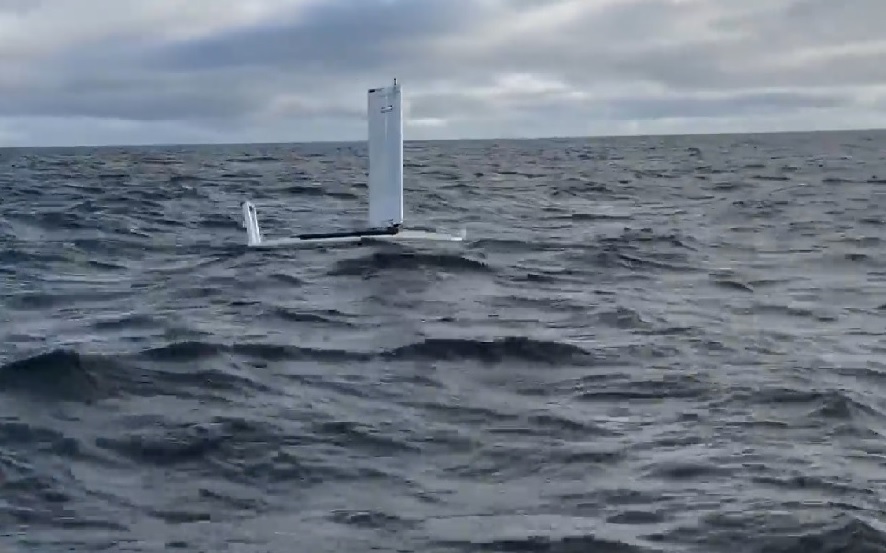This post is also available in:
 עברית (Hebrew)
עברית (Hebrew)
Unmanned vessels can stay at sea for months, operate underwater and on the surface. The U.S. Department of Homeland Security (DHS) has awarded Ocean Aero a multi-year contract for the supply of submersible autonomous vessels for a research, evaluation, and testing program. The unmanned vehicles will be deployed in a wide range of ocean environments providing a platform for the integration, testing, and evaluation of a variety of advanced sensors.
Attend the AUS&R Unmanned Systems and Robotics Conference and Exhibition on September 6, 2020
In addition to the DHS Science and Technology program, other participants, who could supply sensors and other gear for the vessels, include the U.S. Coast Guard, Customs and Border Protection, the University of Southern Mississippi, the Naval Research Laboratory and the Cherokee Nation.
The company produces three models (all 4 meters in length)—the Navigator, Discovery, and Scout. All of the models feature a unique combination of folding wingsail and solar panels that enable them to traverse long distances.
The deal includes the delivery of the Navigator and Discovery models. The initial phase of the contract totals $4 million, according to sandiegouniontribune.com.
Solar rechargeable lithium batteries power a payload large enough for a full range of sensor systems. With the combination of wind and solar power, the vehicle can be in service for months at sea.
The retractable wingsail allows the vehicles to submerge and avoid harsh surface conditions, evade detection, and perform subsurface data collection tasks.
Each model has distinct capabilities as well. The Navigator performs duties on the surface and can transform into a fully autonomous underwater vehicle, capable of submerging to 200 meter depth. Precise underwater navigation is achieved using an Inertial Navigation System (INS) coupled with a Doppler Velocity Log (DVL) with propulsion coming from dual electric thrusters.
The Discovery is not equipped with an underwater navigation system, as it is designed to collect vertical and horizontal profile data while submerging to maximum depth of 100 meter, according to the company’s announcement.
The Scout is a fleet surface data collection vehicle, easily directed to a variety of positions in a mission set. The Scout can also submerge to the water surface level to provide added survivability in rough weather or if needed, decrease the detectability of the vehicle.
The Launch and Recovery System (LARS) for all models is a simple, safe, and time-saving solution and can be operated from ramp, dockside or at sea. All the vehicles can be transported from land, air, and sea.
Interested in learning more about unmanned systems? Attend the AUS&R Unmanned Systems and Robotics Conference and Exhibition on September 6, 2020 at the Lago Conference Center, Rishon LeZion.


























